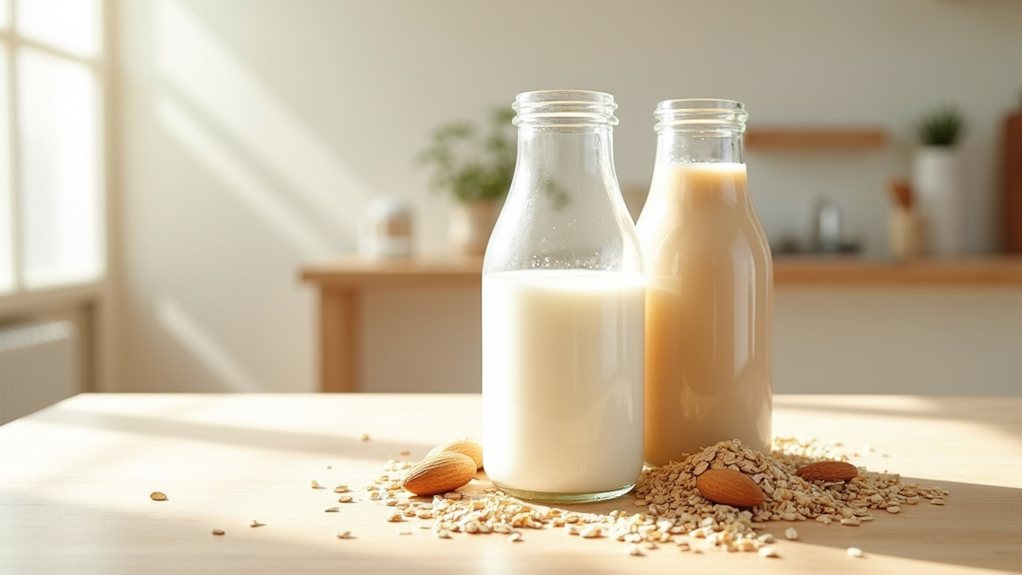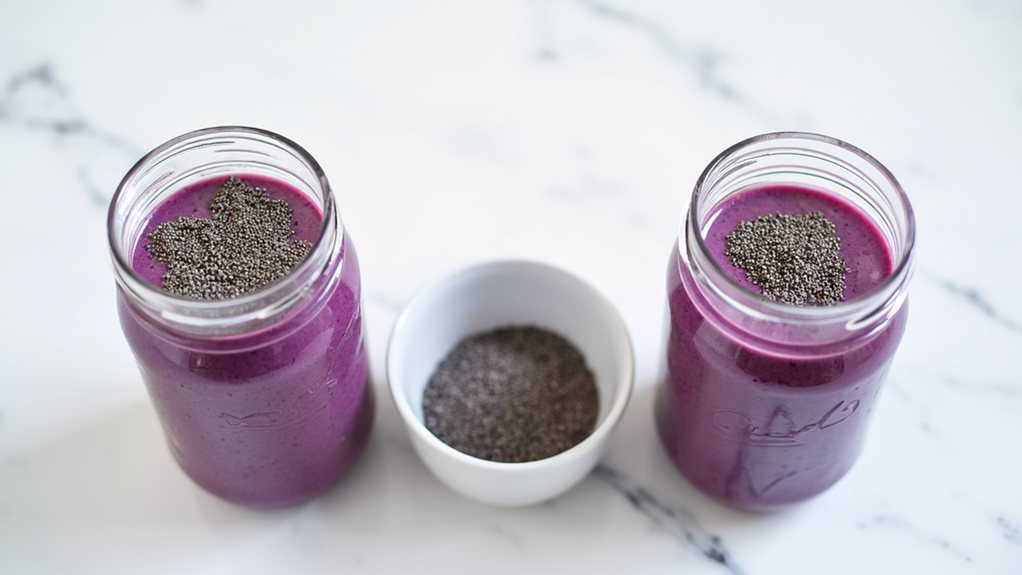The rising popularity of plant-based milk alternatives has sparked an ongoing debate between almond milk and oat milk enthusiasts. These dairy-free options offer distinct nutritional profiles, with almond milk providing fewer calories and more vitamin E, while oat milk delivers higher protein content and a creamier texture. Environmental considerations also factor into this comparison, as almond production requires significant water resources. Understanding these differences helps consumers make informed choices based on their health goals, dietary restrictions, and environmental values.
Nutritional Battle: Almond vs. Oat

When considering plant-based milk alternatives, almond milk and oat milk often rise to the top of the list as popular choices for those seeking dairy substitutes. Both options offer unique nutritional profiles that cater to different dietary needs and preferences, making the “healthier” choice largely dependent on individual health goals.
Nutritionally speaking, almond milk shines in the calorie department, containing considerably fewer calories than its oat counterpart. This makes it an appealing option for those monitoring their weight or caloric intake. Almond milk also boasts higher natural calcium content and is rich in vitamin E, which supports immune function and skin health. With approximately 30 calories per cup, almond milk is significantly lighter than most other milk alternatives.
However, it falls short in the protein category, offering minimal amounts compared to oat milk.
Almond milk’s nutritional profile lacks substantial protein, providing significantly less than what you’ll find in oat alternatives.
Oat milk, while higher in calories and carbohydrates (14-16 grams per cup versus almond milk’s 1-2 grams), delivers more substantial protein and fiber content. This fiber, particularly beta-glucans, contributes to heart health by helping lower cholesterol levels, a benefit not found in almond milk. Both almond and oat milk are often fortified with vitamins to enhance their nutritional profiles and help consumers meet daily nutrient requirements.
The naturally creamier texture of oat milk has made it a favorite among coffee enthusiasts who appreciate how it mimics dairy milk in lattes and other beverages.
For the environmentally conscious consumer, oat milk presents a more sustainable choice. Almond production demands considerably more water, has a larger carbon footprint, and typically involves heavier pesticide use. Oat farming, by comparison, requires less land and fewer resources, making it the greener option for eco-minded individuals.
Allergen considerations might tip the scales for some, as almond milk is unsuitable for those with tree nut allergies, while oat milk may pose risks for individuals with severe gluten sensitivities due to potential cross-contamination during processing.
In the kitchen, both alternatives prove versatile, though their distinct characteristics make them better suited for different applications. Oat milk’s natural sweetness and creamier consistency excel in baking and coffee drinks, while almond milk’s lighter profile works well in smoothies and lighter recipes where a neutral base is desired.









